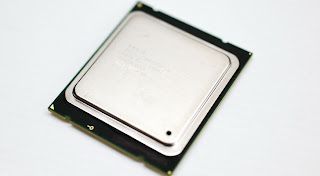
Now that Intel has launched its first desktop processors based on the high-performance Sandy Bridge-E architecture, the chip maker is racing to get out the Xeon version of these CPUs and the first benchmarks showing the performance of such an 8-core SKU have recently made their way to the Web.
The chip is question is actually an engineering sample processor based on the Sandy Bridge-EP core and its performance was put to the test in both 3DMark 11 and CineBench R11.5.
In both of these benchmarks, the Intel eight-core CPU managed to outperform its desktop counterpart by quite a large margin, as the graphs put together by HardwareLuxx go to show.
From what we can tell, the ES processor used for these tests has a base frequency of 3.11GHz and...



 11/27/2011 08:44:00 PM
11/27/2011 08:44:00 PM
 dannzfay
dannzfay














